Dupuytren's Contracture Treatment
Dupuytren's disease is a pathological condition in which the structure of the palmar aponeurosis is disrupted. If the disease progresses, contracture develops, making it impossible to open the fingers. In advanced stages, the condition can affect nearby joints and nerves, leading to loss of hand function.
The doctors in the surgery department of the K+31 Clinic (Moscow) provide treatment and rehabilitation after surgery for Dupuytren's contracture using modern, effective techniques.

specialists

equipment

treatment
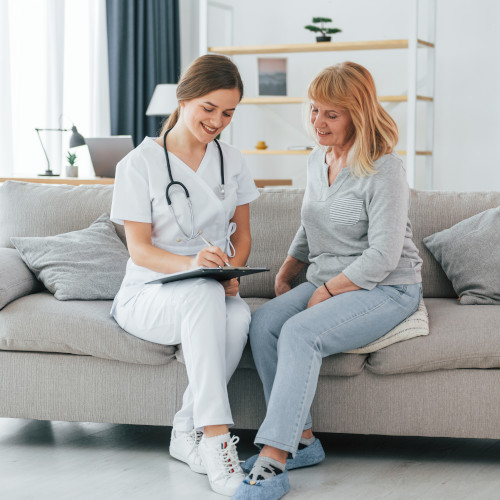
Causes and risk factors
The development of the disease is facilitated by a genetic predisposition and certain autoimmune pathologies (diabetes, epilepsy, hypercholesterolemia). Many patients have a family history.
In addition to congenital defects, the following factors can cause Dupuytren's contracture:
- Bad habits - alcohol, smoking
- Obesity
- Palm damage due to prolonged heavy lifting, vibration, or trauma
- Side effect of taking antiepileptic medications
Tension and gradual twisting of the fingers is often observed in people whose professions involve constant palm strain and fine motor skills, such as musicians.
Prevalence
This pathology is rare and occurs in approximately 3% of the population. It is most often diagnosed in European men over 40.

Symptoms and Signs
Dupuytren's disease contributes to fibromatous changes in the aponeurosis of the hand. Initially, it is asymptomatic and not noticeable externally. Once the pathology develops into a contracture, the following symptoms may occur:
- A nodule or band appears on the inner surface of the palm, at the base of one or more adjacent fingers.
- The finger is constantly tilted and cannot be fully extended (most often, this is the ring or little finger).
- Stiffness in the hand is felt in the morning.
- Aching pain and redness in the palm with a noticeable band.
As the contracture progresses, symptoms increase. The main symptom of the disease is the inability to straighten the hand, pressing the palm and fingers to the table surface. Callus-like thickenings form at the base of the affected fingers.

Classification and Stages
Dupuytren's contracture is classified according to several criteria:
- By area of distribution – palmar and digital
- By disease progression – isolated and combined (development of pathology of the involved joints is also possible)
According to severity, there are four stages of contracture. They are calculated based on the angle of the finger relative to the palm:
- 0º-45º. One or two outer fingers have limited extension, but function normally. The ability to grasp and hold an object in the palm is preserved.
- 45º-90º. The fingers are constantly bent, their movement is limited, and the palm begins to deform.
- 90º-135º. The affected finger becomes dysfunctional, and adjacent fingers begin to deform. The skin over the resulting nodules becomes rough and painful when moving the hand.
- 135º-180º. The fingers are pressed tightly against the palm and immobile. This complicates hygiene, and the hand itself loses mobility.
Grade 3 and 4 contractures are considered severe and require surgical intervention.

Diagnosis
In most cases, an orthopedic surgeon can diagnose the disease by its appearance during an initial consultation. Characteristic signs are revealed by examination, palpation, and simple tests. In the early stages, the doctor detects nodules and bands on the inside of the palm. In later stages, bent fingers that the patient cannot straighten are visually noticeable, indicating the disease.
For differential diagnosis or to identify concomitant pathologies, the doctor may order an ultrasound, CT, or MRI of the hand. These images can show the condition of the ligaments, tendons, and joints.
Treatment of dupuytren's contracture
Conservative methods
In the early (first) stage, treatment to relieve the symptoms of Dupuytren's contracture begins with:
- Physiotherapy procedures (magnetic therapy, phonophoresis, ultrasound therapy)
- Palm exercises
- Wearing braces to prevent the fingers from bending
For pain relief, the doctor prescribes medications in the form of tablets and injections. Starting from stage 2 of the disease, surgery is necessary.
Surgical methods
The main goal of surgical intervention is to restore mobility to the fingers and the entire hand. Previously, this was achieved by simply cutting the aponeurotic layer around the affected phalanx. Now, more effective and safer methods are used for this purpose—surgical procedures and minimally invasive procedures. These procedures help restore hand function without the risk of complications or recurrence of the disease.
Fasciectomy
This is an open procedure. The affected fibromatous nodes and bands (fascia) are completely removed rather than dissected. Depending on the area of intervention, there are several types of fasciectomy:
- Selective - the surgeon locates the shortest and most prominent bands on the aponeurosis and then removes them.
- Regional - the entire aponeurosis of the affected phalanx is removed, not just a specific section.
- Radical - removal of the entire aponeurosis of the hand.
Selective fasciectomy is one of the most gentle methods, as it allows the aponeurosis on each phalanx to be preserved rather than completely removed. After surgery, Dupuytren's contracture resolves and motor function returns.
Radical fasciectomy is performed very rarely, only in cases where other methods are ineffective. Recovery after a radical procedure takes longer, and as a result, some hand function may never be restored.
Dermofasciectomy
This procedure is performed using the same principles as fasciectomy, but also involves grafting the palmar skin. It is necessary in cases of severe engorgement to restore flexibility, as well as for repeat surgery if a relapse occurs.
After excision of part or all of the aponeurosis, a skin graft is placed at the surgical site. The flap is taken from other areas of the body, so after healing, it will differ in appearance from the rest of the palm.
Dermofasciectomy is a complex procedure, and healing takes longer than after a standard fasciectomy. However, this method has one advantage: the skin in the affected area will be more elastic after grafting, reducing the risk of contracture recurrence. Replacing the affected tissue with healthy tissue improves hand functionality and tactile properties.
Minimally invasive interventions
Radical treatments for Dupuytren's contracture are effective, but they involve open surgery, which leaves scars and takes a long time to heal. In some cases, doctors recommend an alternative to surgery—minimally invasive techniques that do not involve skin incisions.
Needle fasciotomy
A procedure in which a hand surgeon dissects the aponeurotic ganglia using medical needles of varying diameters. The surgery is performed under local anesthesia through the skin in a single visit. During the procedure, the surgeon makes punctures along the affected finger using a special technique, avoiding damage to tendons, nerve endings, and blood vessels. The perforated band weakens, allowing the doctor to straighten the finger. Subsequently, the patient is prescribed physical therapy.
This technique is indicated for patients who cannot tolerate general anesthesia and who cannot undergo open surgery. The effect of this technique is noticeable after just one session.
Contraindications:
- Thin skin on the hands
- Presence of scars
- Complicated contracture of grades 3-4, when it is physically impossible to make punctures with bent fingers
Due to the fact that damaged fascia fibers remain inside the finger and palm, relapses often occur.
Fasciotomy with bacterial collagenase
During fasciotomy, Clostridium Histolyticum bacteria are injected into the affected area of the aponeurosis. Their ability to break down collagen fibers helps eliminate fibrous bands in the fascia.
Surgical intervention using this technique involves two visits:
- During the first visit, the doctor injects collagenase into the knot or cord. This softens the collagen fibers of the fascia and makes them more flexible.
- During the second visit, the doctor administers local anesthesia and straightens the patient's fingers. Under pressure, damaged fascia ruptures.
Contraindications:
- Thin skin on the hands
- Scars
- Tight clenching of bent fingers
- Allergy to collagenases
- Pregnancy and lactation
- Age under 18
Minimally invasive treatments for Dupuytren's contracture do not require a long recovery period. Due to the absence of external incisions and wounds, tissue recovery occurs within a few days. Hand motor function is restored quickly.
General information
FAQ
What finger exercises should I do after Dupuytren's contracture surgery?
To strengthen my hands after surgery, I recommend doing fist clenching and unclenching exercises. Finger warm-ups include alternately fully flexing and extending them, stretching all the fingers at once, stretching the rubber band, and massaging.
How can Dupuytren's contracture be stopped?
In the early stages, physical therapy, massage, and keeping the fingers straight with a special orthosis can help. If the finger is bent at a 90-degree angle and cannot be straightened, surgical treatment will be necessary.
Which vitamin deficiency can lead to the development of Dupuytren's contracture?
Modern research confirms the link between vitamin D deficiency and the development of aponeurosis pathology.

This award is given to clinics with the highest ratings according to user ratings, a large number of requests from this site, and in the absence of critical violations.

This award is given to clinics with the highest ratings according to user ratings. It means that the place is known, loved, and definitely worth visiting.

The ProDoctors portal collected 500 thousand reviews, compiled a rating of doctors based on them and awarded the best. We are proud that our doctors are among those awarded.
Make an appointment at a convenient time on the nearest date
Price
Other services

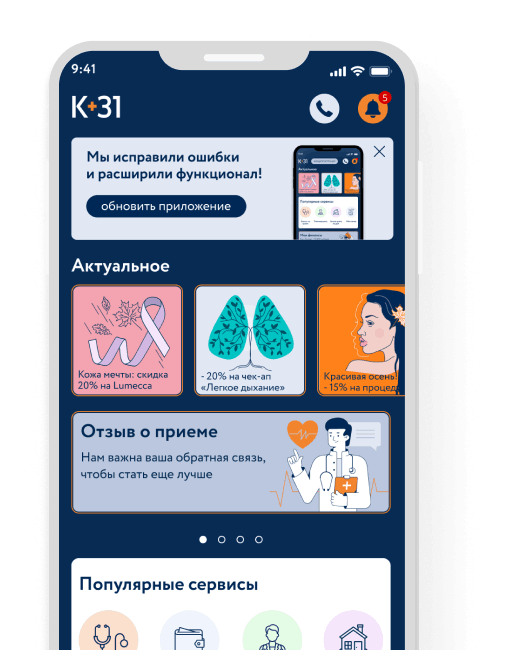
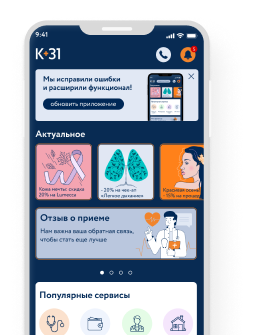



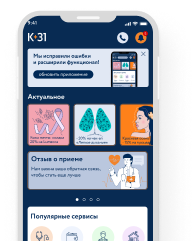
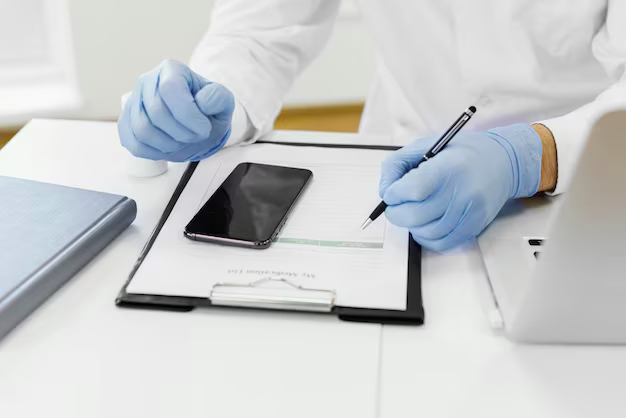

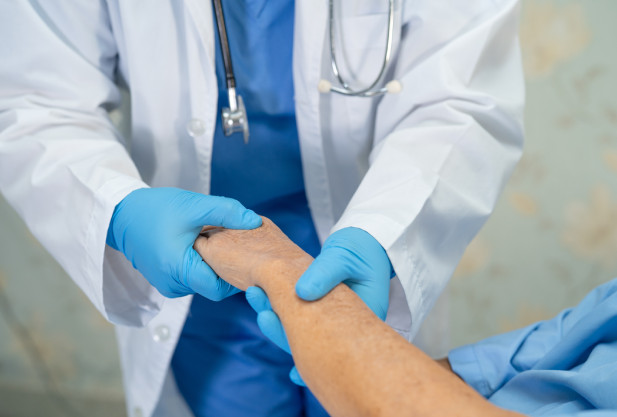
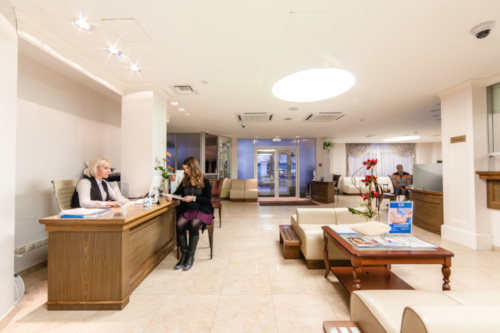
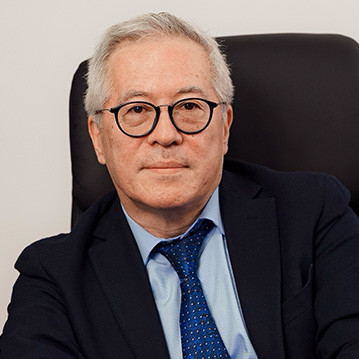

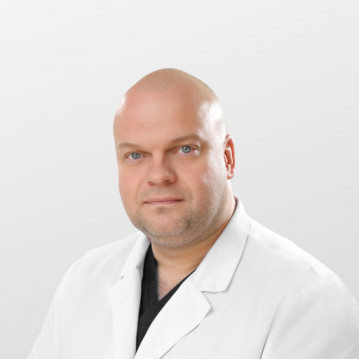
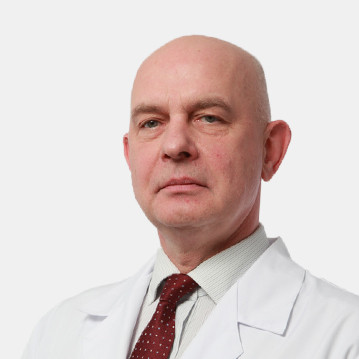
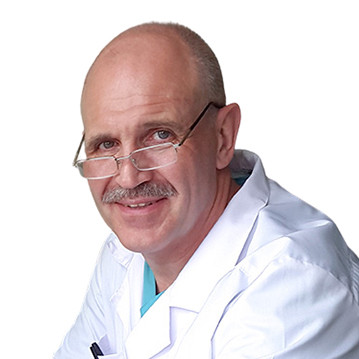
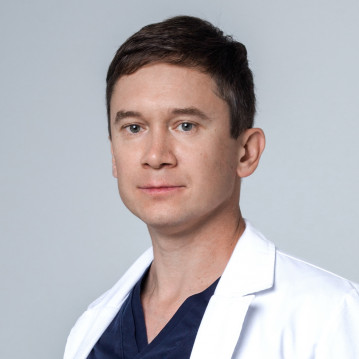
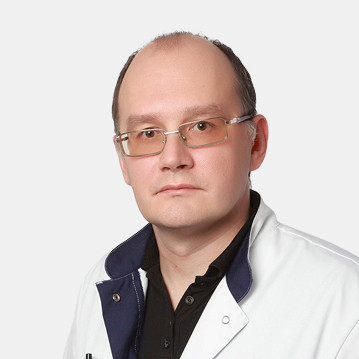
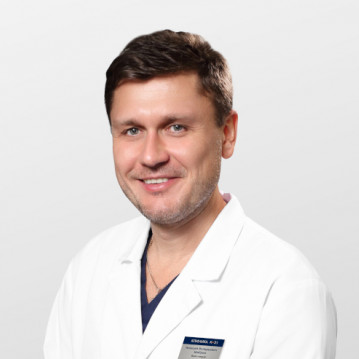

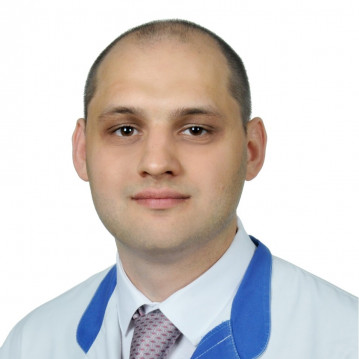
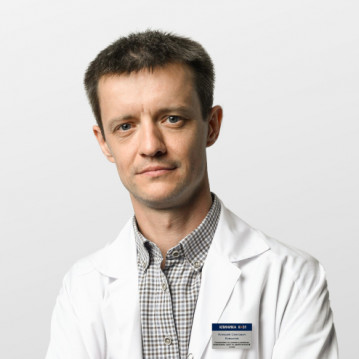
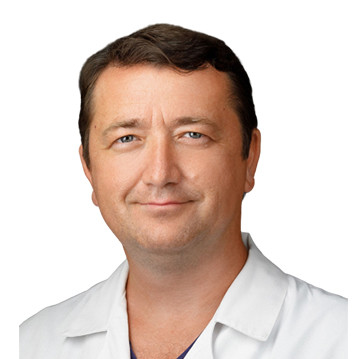
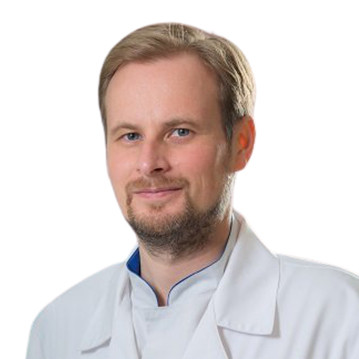
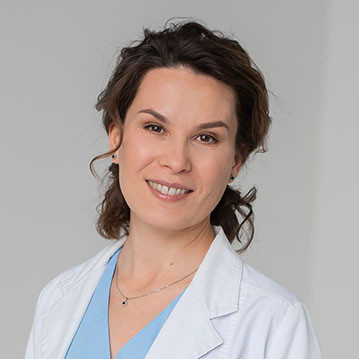
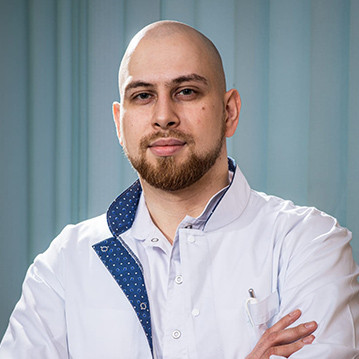
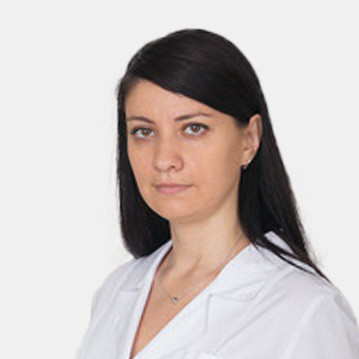
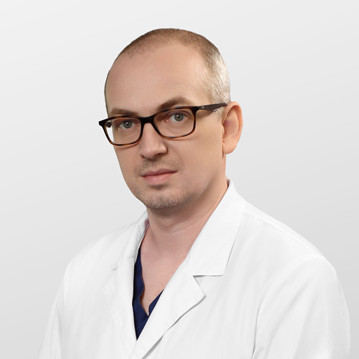
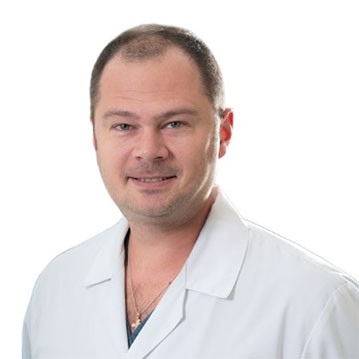
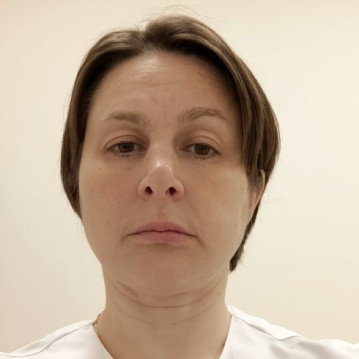
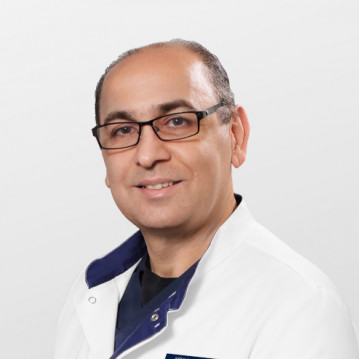


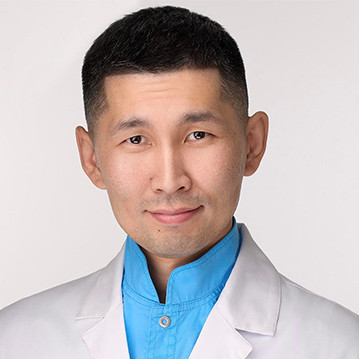

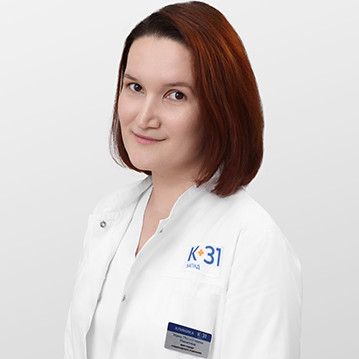


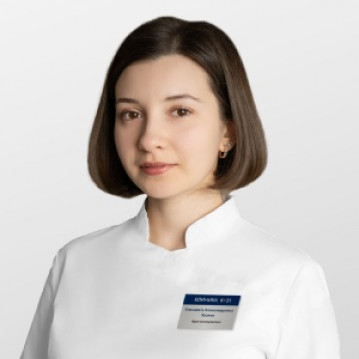

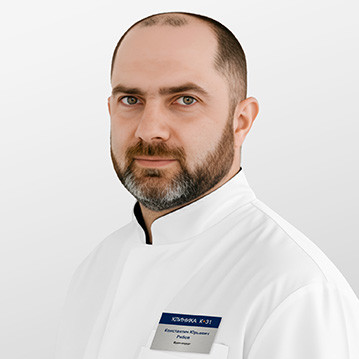
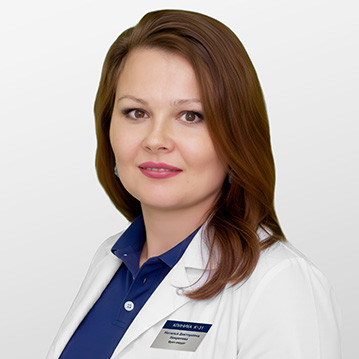
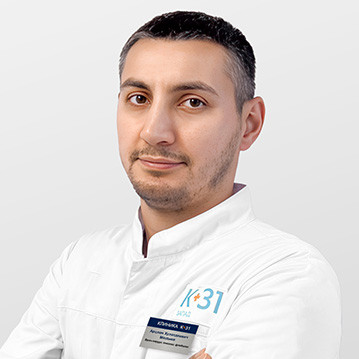
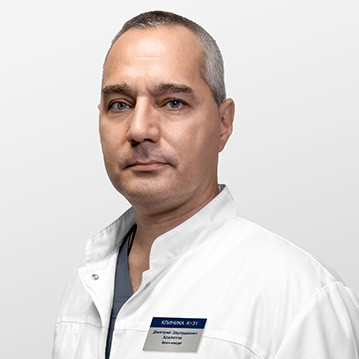

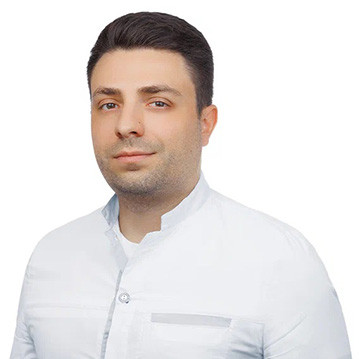
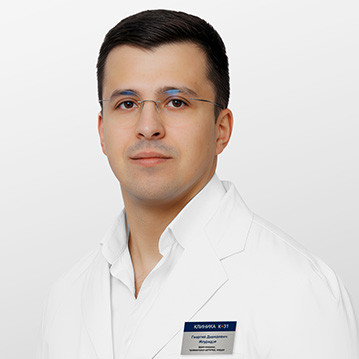



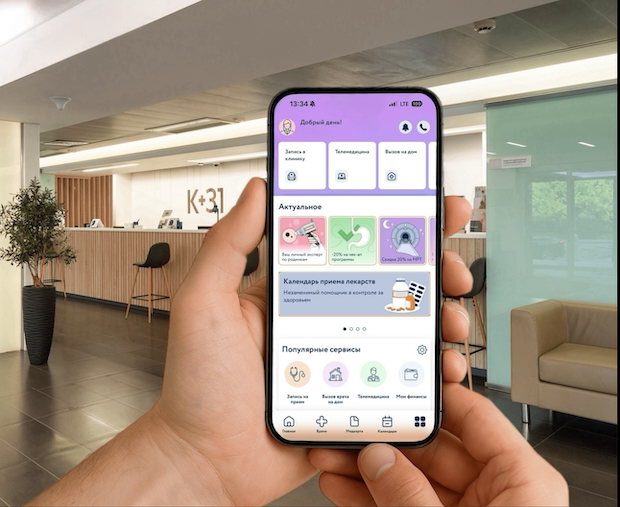



Definition and general information
Dupuytren's contracture is a consequence of the disease of the same name. It develops when the connective tissue of the palmar aponeurosis grows and degenerates into scar tissue. It is accompanied by the formation of cords and knots, hand deformity, and a pull of the fingers (middle, ring, and/or little fingers) toward the wrist. In advanced cases, the fingers are pressed against the palm and cannot be straightened.
Dupuytren's contracture affects the aponeurosis—the subcutaneous layer that connects the skin of the inner palm to the muscles and tendons. As a result of fibromatous changes, the aponeurotic layer begins to shorten in length and increase in width. This shortening of the aponeurosis causes the fingers to gradually bend. With contracture, spontaneous opening of the palm is impossible, requiring surgical intervention.